|
|
Developing an awesome premium WordPress plugin is a battle half won.
As any developer will soon realize, users tend to have big expectations when it comes to premium plugins. It is on this foundation of expectations and perceptions that the profitability of your plugin relies.
In this article we’re going to reveal the top expectations held by your customers and provide you with means of delivering on every front.
1. Superb Support and Feedback

In a business setting, nothing says “I care” more than offering an excellent customer support system. This is especially true for paying customers, who (reasonably) expect priority service.
Start by using proper help desk software (I recommend Help Scout). Aside from creating a better customer experience, help desk software generally offers analytics reports that can give you all sorts of interesting information, such as average response time, which enable you to improve your service over time.
Listen to customer feedback and, where possible, add requested features. You might just get a great idea. At the very least, the customers will feel personally invested in the development and future of the plugin.
2. Superb Documentation
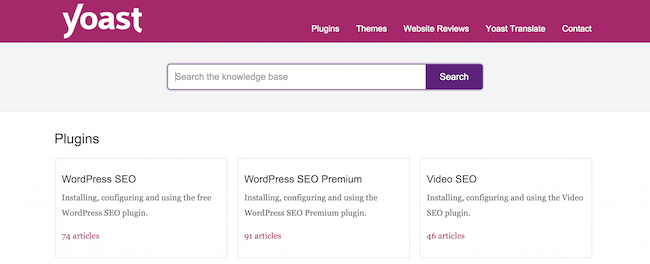
You are no doubt familiar with the popular phrase, “Hope for the best and prepare for the worst.” When it comes to plugin documentation, a similar phrase (of my own making) comes to mind: “Hope that users won’t have to consult documentation, but write it up in case they do.”
You may believe that your plugin is super easy to use (and it very well might be), but there will always be users who need help, and them reaching out to you for advice should be a last resort. Ideally, plugin users should be able to read your documentation and come to a resolution quickly and easily without having to wait for a response from you.
Having an in-depth knowledge base available makes it easier for customers to find answers to their questions quickly and easily without having to bother you. That sounds like a win/win, right?
The more time and effort you put into developing your knowledge base, the better.
3. Regular Updates
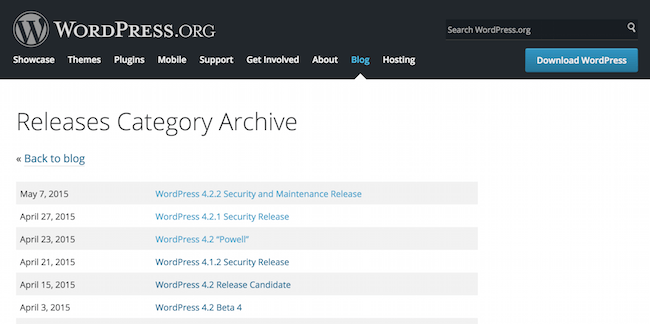
Thousands of completely free WordPress plugins are updated on a regular basis. Whether those updates include feature improvements and/or additions or are simply security-related, WordPress users have come to expect that any plugin worth its salt will keep up with the times.
It’s on that basis that people will judge your plugin. Put simply, you must update your plugin regularly, and aim to do so in a flawless manner.
In an ideal world, a WordPress update should never break your plugin or, even worse, bring down a website. You must work to that ideal. Keep tabs on WordPress release candidates, and if there are signs of trouble, make the necessary alterations to your plugin before the WordPress update leaves beta. Otherwise, any reactive scheduled updates should follow fast on the heels of a WordPress update.
Any update should encourage you to test the security of your plugin. Security flaws are simply not an option.
4. Clean Code
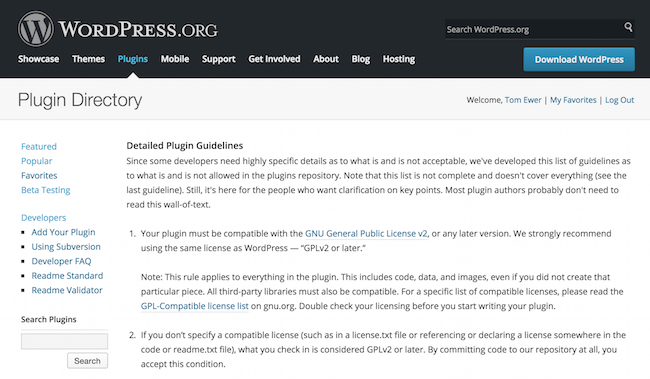
WordPress plugins often get flak for slowing down websites or gorging on server resources. Fortunately, you know better. You code your plugins in such a way that the necessary server load is at a bare minimum.
Free WordPress plugins can sometimes get away with shoddy code, but premium plugins get found out. And they should get found out – at the risk of being revealed as a coding purist, clean code should be a major priority. Laziness on this front will come back to bite you.
I recommend that you follow the WordPress guidelines for plugins. Following best practices makes a developer’s life easy in many ways.
5. A Graceful Uninstall
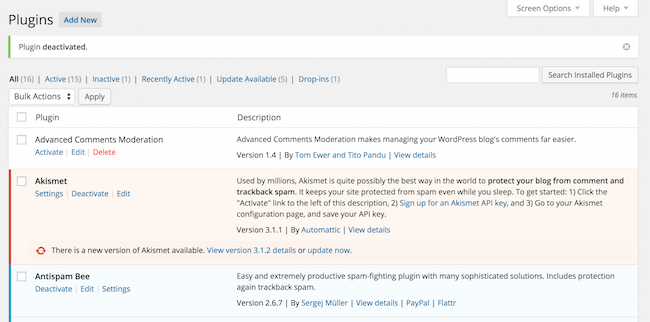
Whether you like it or not, a proportion of your customers will uninstall your plugin. However, uninstallation shouldn’t be an unnecessarily difficult or messy process; that’s just a bad review waiting to happen. Besides, it’s just plain rude. Who doesn’t hate a site that makes it hard to delete your account from, or a plugin that’s difficult to uninstall?
Your plugin should do all necessary housekeeping upon uninstall, in such a way as to restore the site to its pre-your-plugin days. Perhaps most importantly, it should remove any superfluous information from the WordPress database – neglect in doing so is a pet hate of mine.
6. A Live Demo

While this may not be a must per sa, it may definitely contribute to the understanding and trust your potential customers have in your product.
Here’s a great example of a demo page for a premium WordPress plugin, visually demonstrating all of the provided options to tweak and use it.
The Conclusion
One size does not fit all, and you might find these points suiting your business to various degrees. Even so, a premium plugin should fit these criteria in general, to improve customer satisfaction and let you benefit from retention, reviews and recommendations.
Tell us about your experiences with client expectations and how you deal with them in the comments section below!
Image Credits: WPMU DEV, Yoast, WordPress.org






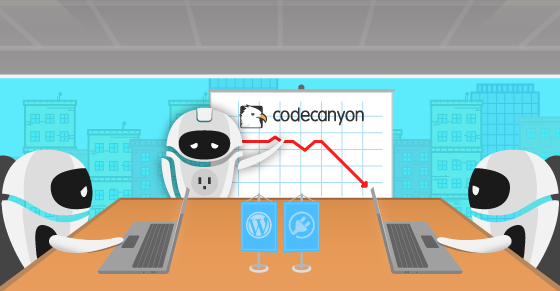

this is true!
tnx for article!
Great list.
A couple of points I would like to add to this list:
a. One-click plugin updates - Users expect premium plugin updates to work the same way as any other WordPress plugin update. Since your plugin code is not part of WordPress source code control system, you, as a plugin developer needs a system which lets you push plugin updates. I have used Software Licensing from Easy Digital Downloads and it has worked pretty well. What other systems do you use for pushing plugin updates?
b. Tom touched upon "clean code" aspect. One thing to add is that your code shouldn't have any PHP warnings. There are a lot of WordPress plugin and theme developers who don’t enable WP_DEBUG, so their code it littered with PHP notices and warnings. As a plugin developer, make sure you provide a clean code.